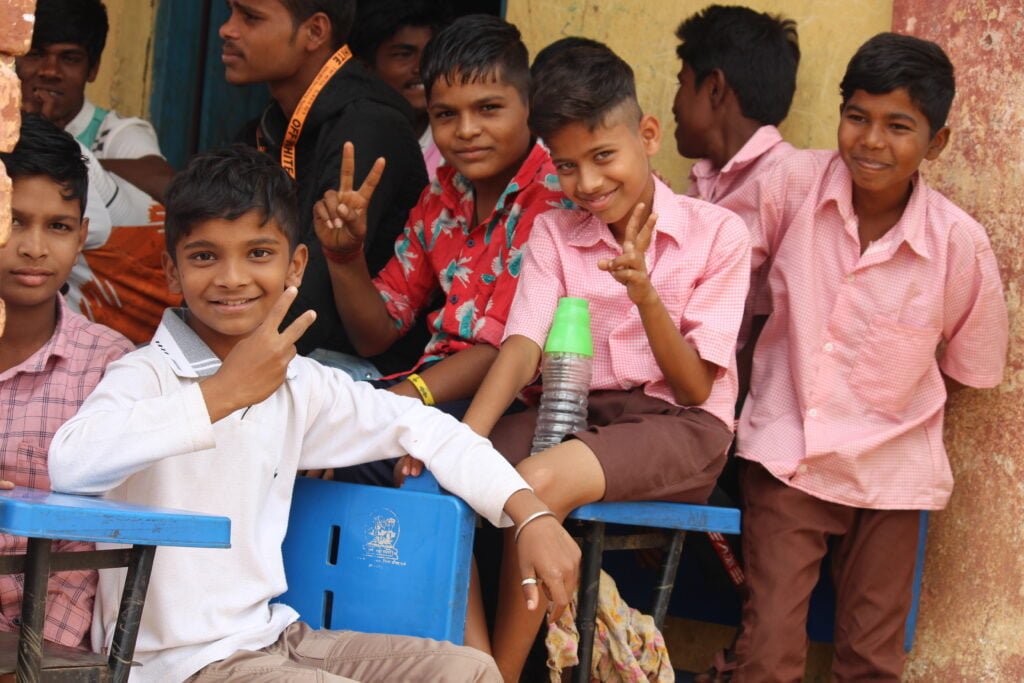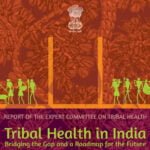Anganwadis, meaning “courtyard shelters” in Indian languages, have played a crucial role in addressing child hunger, malnutrition, and early childhood development in India. Established by the Indian government in 1975 as part of the Integrated Child Development Services (ICDS) program, Anganwadis serve as the focal point for implementing various health, nutrition, and early learning initiatives.
In Maharashtra alone, there are 108,005 Anganwadi and Mini Anganwadi Centers, with over 550 ICDS projects in operation. The workforce involved in the ICDS machinery includes more than 4,000 supervisors, around 2 lakh Anganwadi Workers, and helpers, driving the program at the grassroots level.
Anganwadis cater to a wide range of beneficiaries. Expectant and nursing mothers and adolescent girls between the ages of 11 and 18 receive health check-ups, immunization against tetanus, referral services, and supplementary nutrition. Other women aged 15 to 45 receive nutrition and health education. Children below the age of one benefit from supplementary nutrition, immunization, health check-ups, and referral services. Similarly, children between the ages of one and three and six receive these services along with non-formal pre-school education..
In conclusion, Anganwadis serve as vital platforms for delivering essential services to vulnerable populations in India. By addressing the needs of expectant mothers, women, and young children, these centers contribute to the overall health, well-being, and development of individuals and communities. The ongoing efforts of Anganwadi workers, helpers, and supervisors are crucial in driving the ICDS machinery and ensuring the success of these programs at the grassroots level.
Source: Government of Maharashtra



